Hello friends and Hivers. I hope everyone is doing well. I'm doing ok and it's been awhile since I have been busy at my full-time job. Today is the start of a busy few weeks ahead. My job is unpredictable and it often comes in spurts. Today I show you a unique piece of cargo we got to touch.
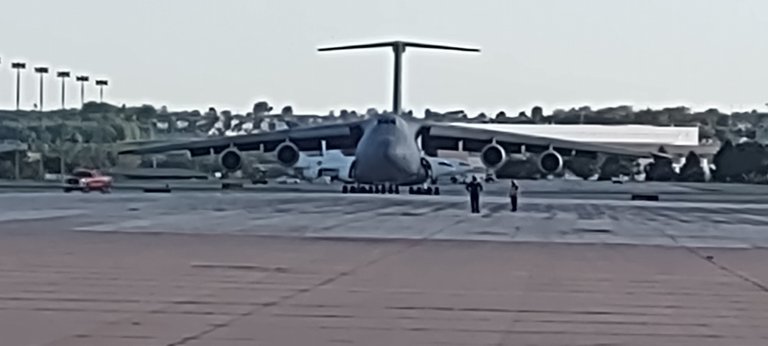
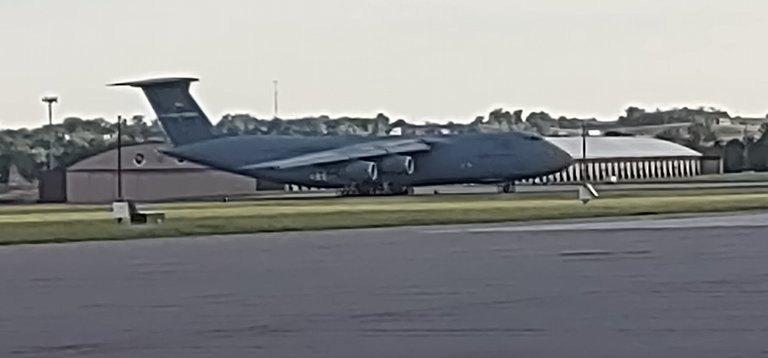
The airframe you see above is a C-5 Super Galaxy. I've showed this monstrous cargo transport before to you but it came in with a lack luster load of a few cargo pallets. If you want to check out more specifics on it I wrote about it here.
The aircraft came in a little after 7 p.m. A little after hour support but money in the pocket in the form of overtime. Shortly after that the nose of the aircraft was lifted and we had to to wait for the aircraft to be in its forward kneel position. This took a good 30 or so minutes to happen. Once that was done the ramp was lowered.
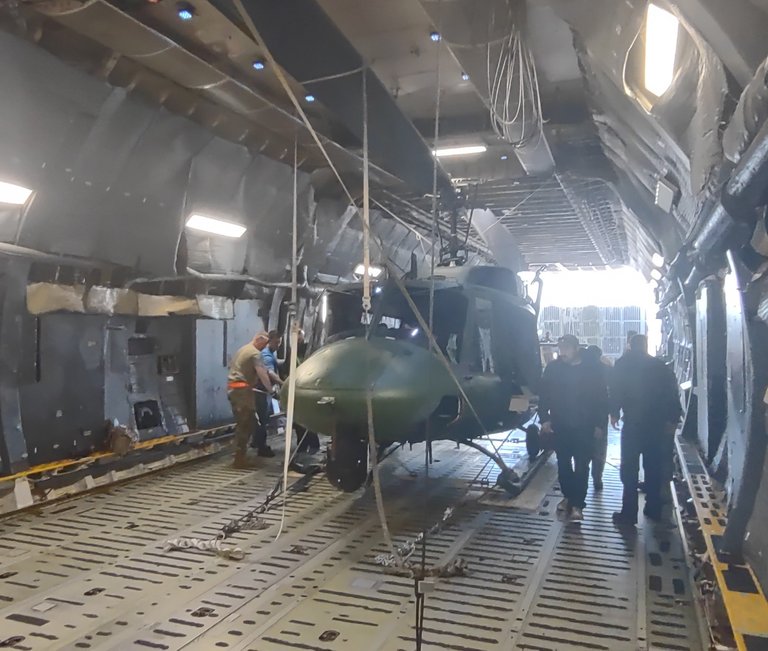
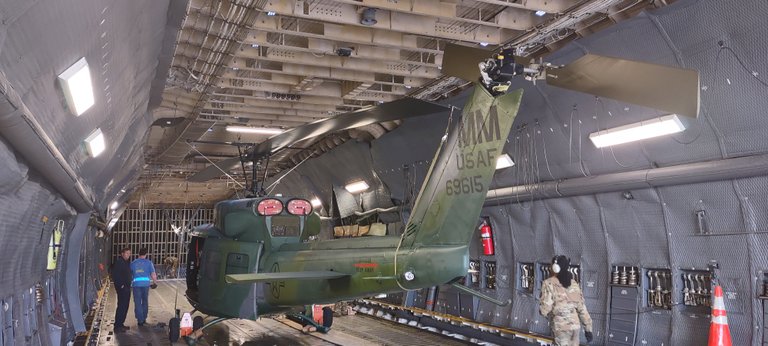
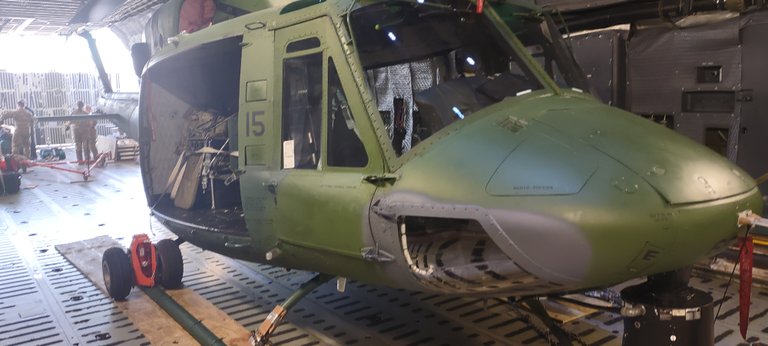
The cargo was UH-1N Huey helicopter. A light lift utility helicopter that has various missions. This particular one was airlifted in here to fly a sortie for a particular training mission. One thing I found out was this won't be a one time thing, so I'll see this Huey or different one again. It doesn't mean it will necessarily come in on a C-5 again. Another aircraft about half the size a C-17 is more than capable of carrying this cargo.
The first course of action was to take off all the chains and straps. There were quite a bit of straps used on the main helicopter blades, rear blades and the landing skids. Next was hooking up a chain bridal so the helicopter could be winched out. There was a set of wheels on the helicopter but this is only installed for transport mode. The single set of wheels is needed to be able move it and provide a pivot point on the helicopter.
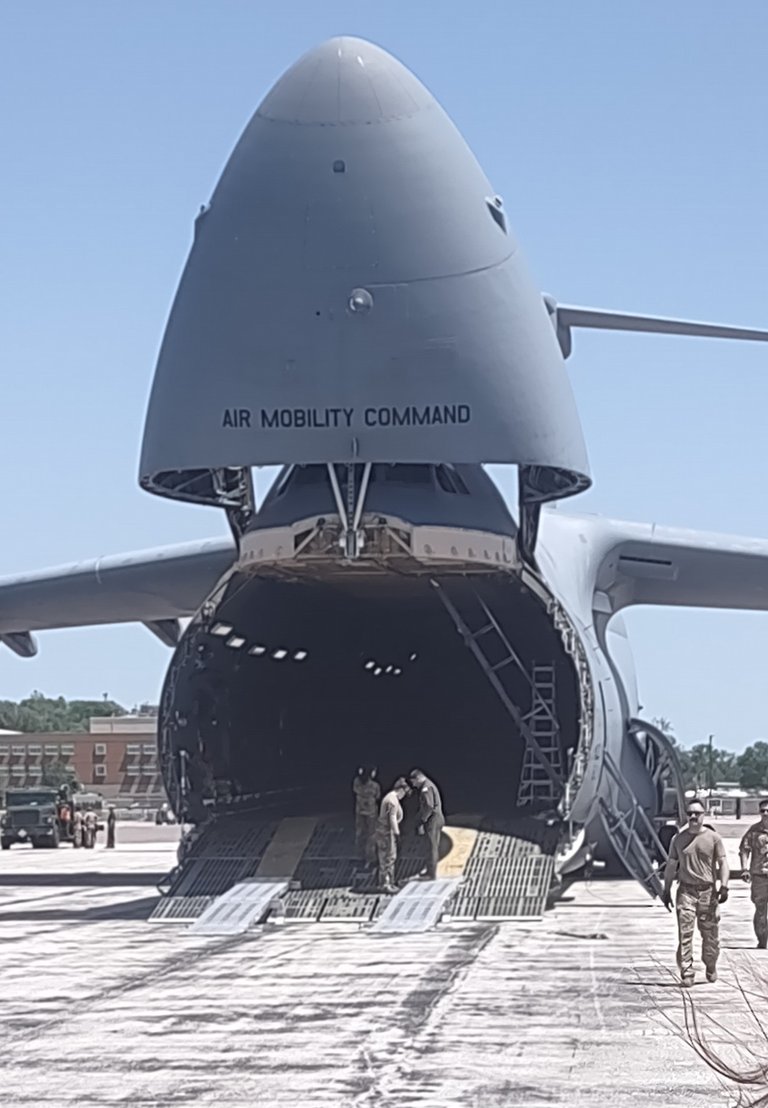
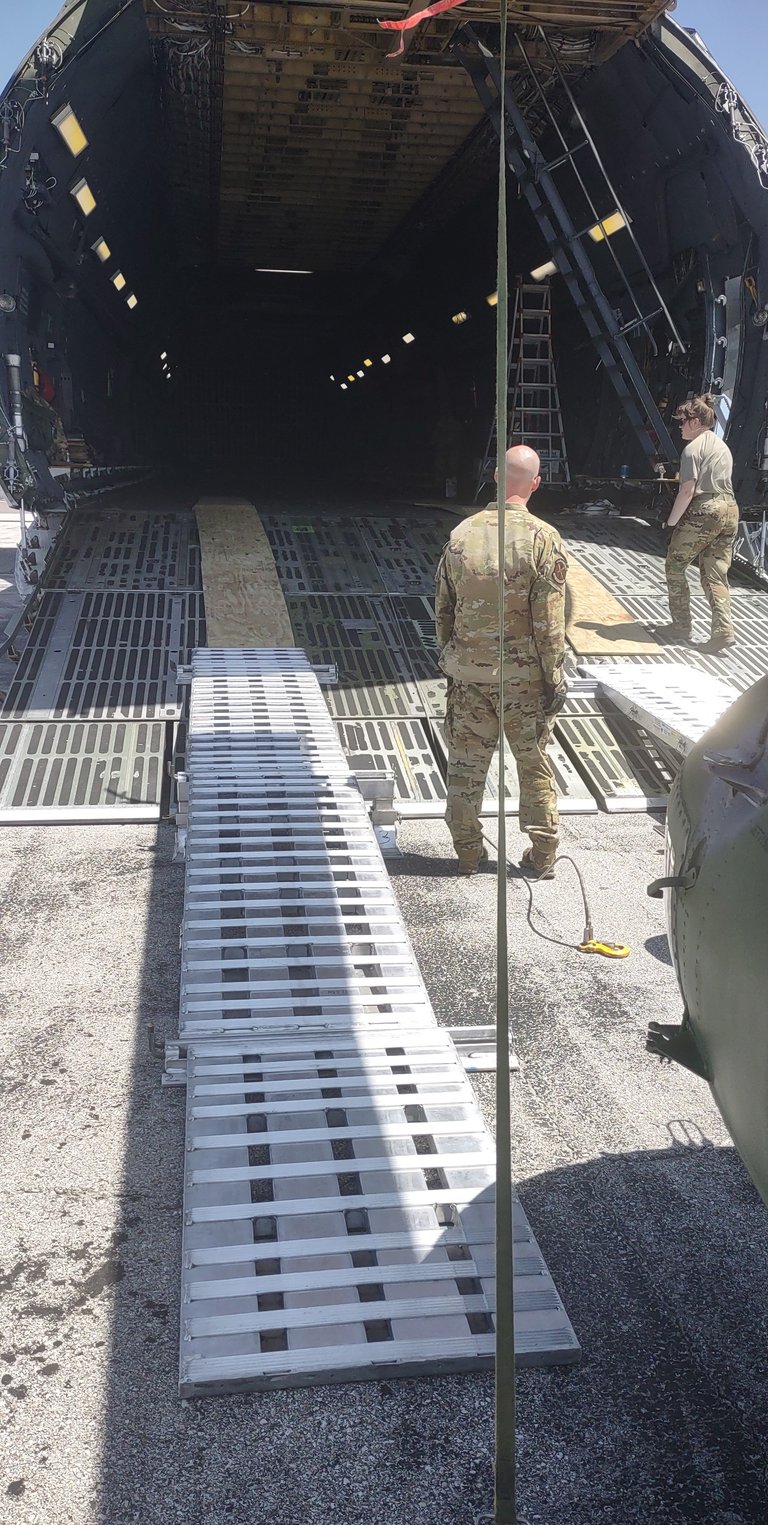
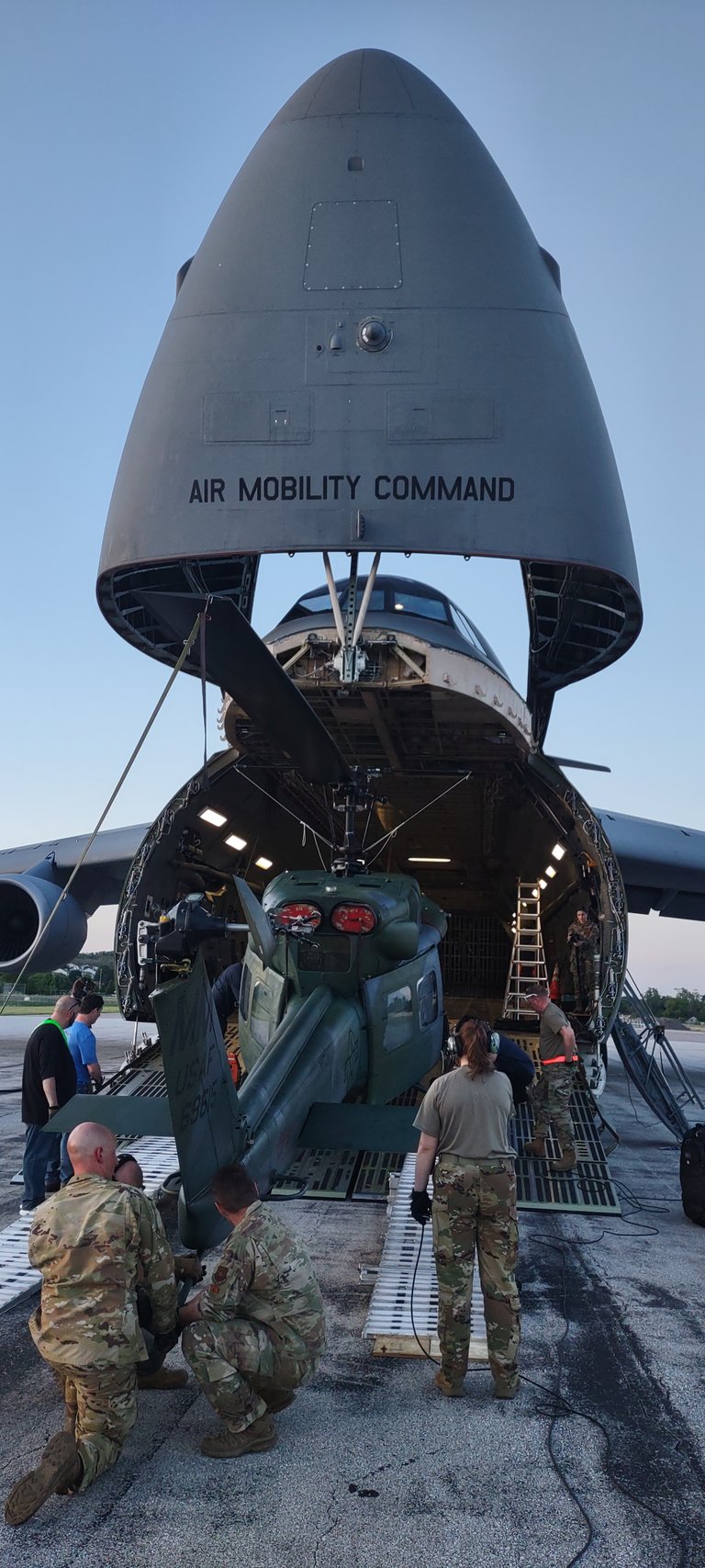
Prior to moving the helicopter a set of aluminum ramps were set up on the aircraft ramp. This is necessary for clearances, primarily so the skids don't scrape on the cargo ramp.
Once operations began to move it there were plenty involved. Two people held straps below on each end of the main blade. This was done so the blades don't hit the top of the aircraft ceiling. A group of people were positioned towards the end of the helicopter with straps to lower or raise the back end of the helicopter. This was needed so the helicopter could take the right angle out the aircraft and not hit anything above. Also a few people were dedicated spotters to ensure nothing bad happens. There were two people pushing at the nose of the helicopter, this was needed on the main aircraft floor. Once the helicopter was on the ramp gravity took over.
The aircrew (Load Masters) were responsible for the winching operations and in charge of the entire operation. Everyone has the responsibility to stop operations if anything looks unsafe.
My job along with one other for the offload was moving the rolling shoring (wood plywood on floor) along its path out the aircraft. This prevents the helicopter skids from scraping on the floor. Quite a few people chipped in on the efforts to get this chopper off the aircraft.
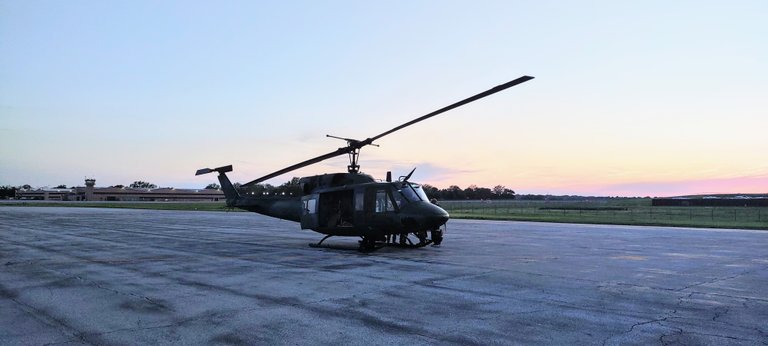
We got done with this operation at around 8:40 p.m. It didn't take the helicopter unit long to configure the chopper so it could fly. I didn't get to witness it fly as our work was done for the night. The cool thing is we got to touch it again the following day to load and send it off. Usually uploads take longer but this one actually went quicker than the download. A pretty quick turnaround for offloading, a helicopter flight, loading it back onto the aircraft and saying goodbye.
That's all I have for you today. Take care, stay safe and enjoy what's left of the week. Until next time!


